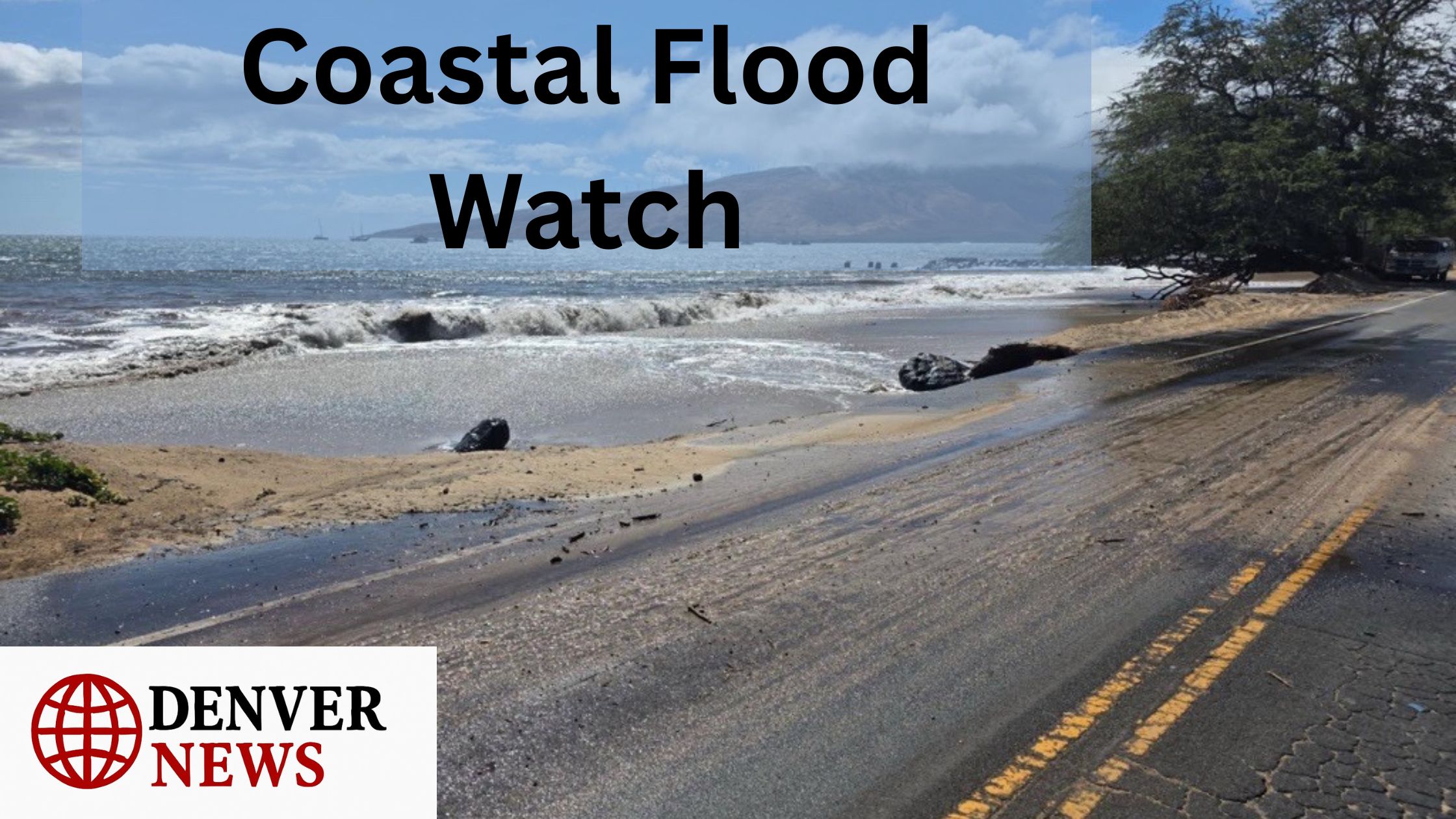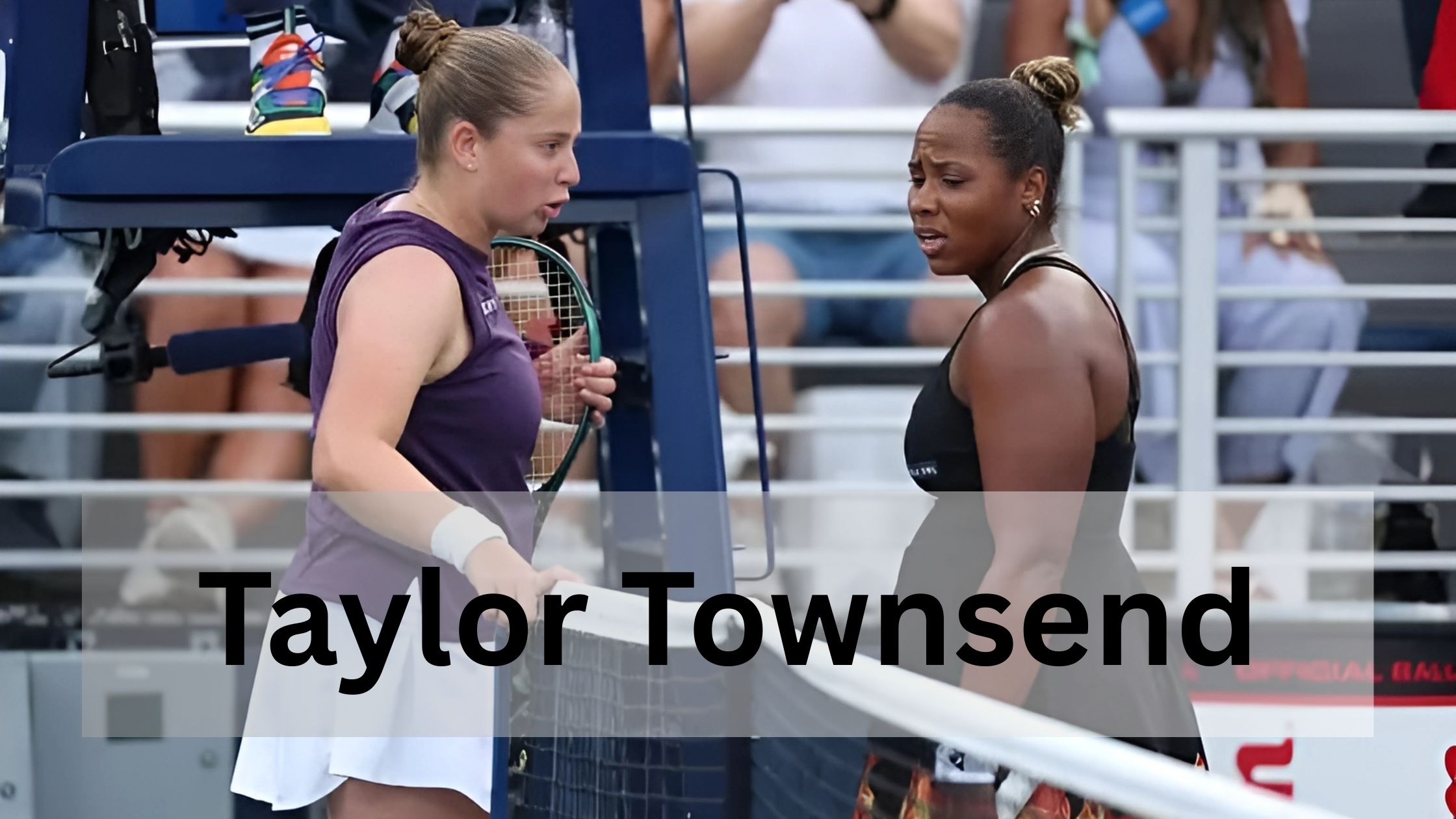You’re scrolling through your phone, checking the weather for the weekend, and you see it: a bold, glaring headline from the National Weather Service. “COASTAL FLOOD WATCH IN EFFECT.”
Your heart might skip a beat. Or maybe you just shrug it off as another vague warning. “It’s just a ‘watch,’ right? Doesn’t that mean it might not even happen?”
While that’s technically true, dismissing a Coastal Flood Watch is a bit like ignoring the smell of smoke while you’re grilling. It’s a critical heads-up, a signal that conditions are brewing for a potentially dangerous situation. It’s your cue to get ready, not to panic.
So, let’s break it down. What does this alert actually mean for you, your home, and your family?
Watch vs. Warning: decoding the jargon
This is the most important place to start. The National Weather Service uses very specific language, and knowing the difference is key.
- Coastal Flood Watch: This is your “Heads Up!” It means the ingredients for significant coastal flooding are coming together—a big storm, strong onshore winds, high astronomical tides (like a full moon). Flooding is possible, but not yet certain. It’s typically issued 12 to 48 hours in advance. This is your preparation window.
- Coastal Flood Warning or Advisory: This is the “Take Action Now!” alert. Flooding is either happening or is imminent. If a Watch is the recipe gathering dust on the counter, a Warning is the cake already in the oven. It’s time to execute your plan.
What Actually Causes Coastal Flooding?
It’s not just about rain. Coastal flooding is a unique beast, often driven by a nasty combo of factors:
- Storm Surge: The big one. This is the abnormal rise in water generated by a storm, over and above the predicted tides. Strong, persistent onshore winds literally push ocean water toward the shore, piling it up.
- High Astronomical Tides: The moon’s gravitational pull creates naturally high and low tides. When a storm surge coincides with a especially high tide (like a new or full moon), you get a devastating one-two punch. The water has nowhere to go but up and inland.
- Waves and Runoff: Large, destructive waves on top of the already elevated water level cause erosion and batter coastal structures. Heavy rainfall from the same storm can also lead to inland flooding that drains toward the coast, exacerbating the problem.
What You Should Do When a Watch Is Issued
Okay, enough science. What’s the game plan? A Watch means it’s time to get your ducks in a row.
- Stay Informed: This is non-negotiable. Bookmark your local National Weather Service forecast office page. Follow trusted local meteorologists and emergency management agencies on social media. Have a battery-powered NOAA Weather Radio as a backup.
- Review Your Plan: Know your zone! Are you in a designated evacuation zone? If you are, know your route and have a plan for where you’ll go (family, friend, pet-friendly hotel). Protip: Don’t just rely on GPS; know the main roads in case back routes are flooded.
- Prep Your Property: If you have time, move your car to higher ground. Secure or bring indoors loose lawn furniture, garbage cans, and decorations that could become projectiles in high winds. If you have a basement, move valuables to a higher floor.
- Assemble Your Kit: Double-check your emergency kit. Do you have batteries, flashlights, non-perishable food, water (one gallon per person per day), medications, and important documents ready to go? Do it now, not when the power is out.
The Bottom Line
A Coastal Flood Watch isn’t meant to scare you; it’s meant to empower you. It’s a gift of time—time to pay attention, to plan, and to act thoughtfully.
Ignoring it means being caught off guard, making rushed decisions, and putting yourself and first responders at greater risk. Heeding it means you’re in control, you’re informed, and you’re ready for whatever the coast throws at you.
Other Using Linkhttps://denverenews.com/john-crawley/







